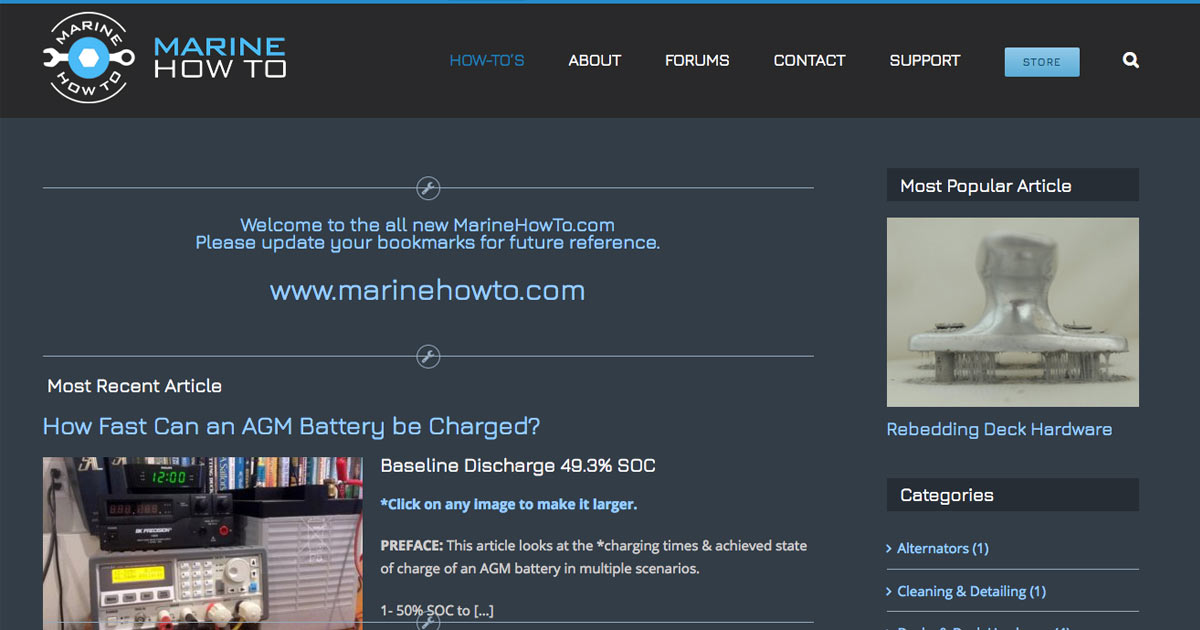Dear battery heads:
With the imminent installation of solar on my C&C 37, I'm trying to decipher the actual voltage of the house bank. The PO put together a #2 bank consisting of:

The 6V combo and 12V are connected. Below is a surveyor's shot of the single 12V in the q-berth--an incomplete picture but perhaps showing enough to explain what's going on--to someone who understands it.
12V wired in parallel with the 6V combo. Correct?

I'll of course look at this connection more carefully when I'm back on the boat in a week, but your comments are welcome.
A larger controller is needed for SunPower panels to charge a 12V system, driving the question: is this a 12V or 24V house bank?
Pretty green to this stuff, so be gentle.
With the imminent installation of solar on my C&C 37, I'm trying to decipher the actual voltage of the house bank. The PO put together a #2 bank consisting of:
- 2 6V AGMs wired in series to make 12V
- 1 newer AGM 12V (added later under q-berth)
- + Xantrex Trucharge 20

The 6V combo and 12V are connected. Below is a surveyor's shot of the single 12V in the q-berth--an incomplete picture but perhaps showing enough to explain what's going on--to someone who understands it.
12V wired in parallel with the 6V combo. Correct?

I'll of course look at this connection more carefully when I'm back on the boat in a week, but your comments are welcome.
A larger controller is needed for SunPower panels to charge a 12V system, driving the question: is this a 12V or 24V house bank?
Pretty green to this stuff, so be gentle.
Last edited:

